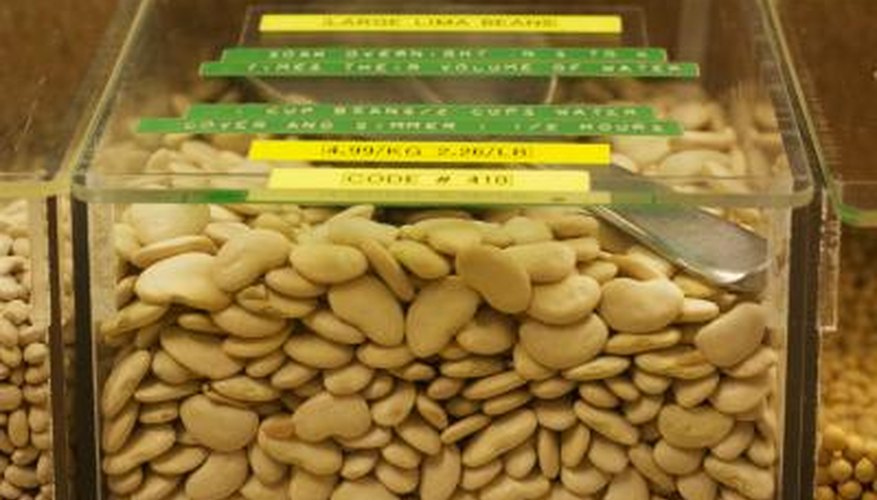Oxygen absorbers are small packets that are added to food containers to remove oxygen. The oxygen is intentionally removed to preserve the food. Removing the oxygen can keep some types of bacteria and fungi from growing, and will keep oils from becoming rancid. Oxygen in food packages could also allow food to discolour and change in texture.
What's Inside?
The material most often used inside oxygen absorber packets is iron dust. The oxygen absorber works by allowing finely divided iron to react with oxygen to create iron oxide, also known as rust. The iron is not dangerous and may be absorbed by your body much like an iron supplement. A person or animal can be poisoned by eating large quantities of iron. However, according to WebMD, poisoning symptoms begin to appear only after eating more than 10 mg of iron per kilogram of body weight. This means that even a small child or animal would need to eat several packets to have any poisoning reaction. If this does happen, seek emergency medical treatment.
- The material most often used inside oxygen absorber packets is iron dust.
- A person or animal can be poisoned by eating large quantities of iron.
Non-Iron Oxygen Absorbers
Some oxygen absorbers are made with materials other than iron, although this is uncommon because of the inexpensiveness and accessibility of iron dust. However, the food packager may avoid using iron because the food will need to go through a metal detector or because the food will be microwaved. When non-iron oxygen absorbers are used, they are still manufactured to be nontoxic because food packagers are concerned about their customers accidentally consuming the packets.
Plastic Packet
The packet that holds the oxygen-absorbing material is made of plastic, and it is engineered to slowly allow oxygen to enter the packet and react with the iron dust or other oxygen-absorbing material. This plastic is not toxic, although it may scratch your stomach and intestines. Having plastic in your stomach can cause nausea and stomach aches, but should not cause permanent damage.
Dangers
Although these packets are made to be nontoxic, it is worth noting that they are not tested for safety and cleanliness, as food would be. They are also usually manufactured in places that manufacture other chemicals, and may have dust from toxic materials on them. Although accidentally eating one will probably not do any harm, it is not safe to consume them regularly.
Package Markings
The outside of oxygen absorber packets explicitly say that they should not be eaten. There have been reports of people opening the packet and sprinkling it on their food because they think it is a seasoning packet. Manufacturers add these markings to indicate that the packet is not meant to be eaten, but it does not mean that the packets are dangerous.
